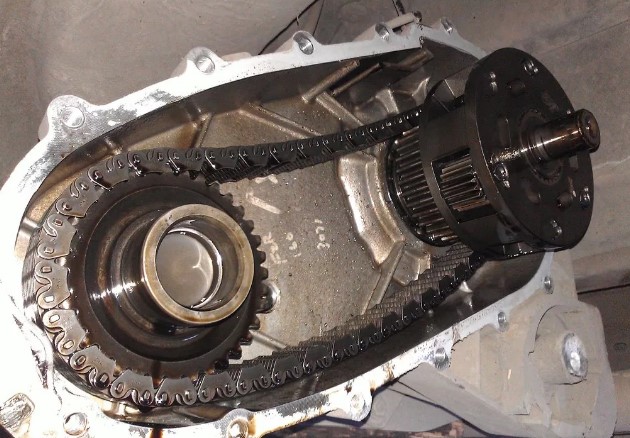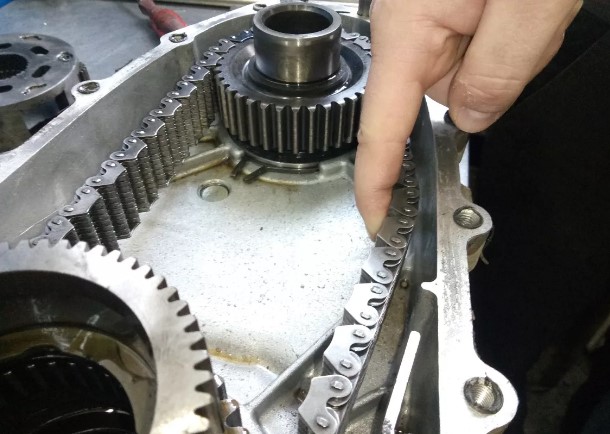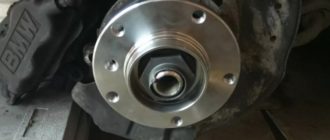The transfer case is one of the key components of the all-wheel-drive system. Its main function is to transfer torque to the front axle. The handling of the all-wheel-drive vehicle, its off-road capability, and the safety of the driver, passengers, and other road users depend on the transfer case of BMW.

To prevent corrosion, overheating, and friction reduction, the transfer case is filled with special oil that has lubricating and cooling properties. Adequate oil levels in the transfer case prevent oil starvation.
The quality of the oil also affects its performance. It is easy to understand that if the oil quantity is insufficient or it has lost its properties, this will lead to accelerated wear of the transfer case.
Information on how often oil changes should be performed can be found in the car's service manual. On average, an interval equivalent to 60 thousand kilometers of mileage is recommended.
Moreover, the conditions of vehicle usage can also affect the lifespan of the oil filled. The transfer case is used on public roads, experiencing lower physical stress compared to off-road use.
The Need for BMW Oil Change
When there is a need to change the oil in the transfer case, the car will signal the driver with indirect signs during operation. These signs may include noise or knocking from the case, steering wheel vibrations when turning, and a specific indicator on the dashboard.

Although these signs may not directly indicate a problem in the transfer case, checking the oil level and quality in this situation is recommended.
When it comes to changing the oil in the BMW transfer case, it is best to entrust this procedure to professionals with experience, knowledge, and special equipment to simplify the process.
A delayed oil change in the transfer case can lead to gear wear and increased wear on the flange spline. The total oil volume in the internal part of the case is one liter. The cost of oil is much lower than the price of replacing the servo drive, which becomes faulty when using oil that has exceeded its service life.
BMW X1 Oil Change
In this BMW model, oil changes are done following a standard procedure. According to the car's manual, this oil does not require replacement as it is designed for the entire vehicle's lifespan.
However, this statement is true only for European roads; on Russian roads, the oil may need replacement much earlier than the vehicle. For BMWs with more than 100 thousand kilometers of mileage, the oil in the transfer case, reducer, and gearbox should be replaced.
Changing the oil in the transfer case is a complex process. Despite having a refill plug, accessing it is not simple. Firstly, all existing protection under the case must be removed. Then, something must be placed under the case, and its support must be removed to reveal the filling plug. Once this is done, the oil must be drained.
The next step is to warm up the car to operating temperature, pour in about half a liter of new oil, reassemble the transfer case in reverse order, and bring the car back to the required condition.
More: Causes of breakdown and repair of the BMW transfer case
Transfer Case Chain Replacement on BMW X5
Purchasing a chain for a BMW is often done for cost-saving purposes, which is not always successful. The links of the chain must be smooth and even, otherwise there is a risk of installing a low-quality chain. The holes for the connecting pins have a specific shape.
The service life of the entire product depends on the internal pins. Therefore, they must be flexible and strong, and must undergo hardening during manufacturing. During use, the chain may stretch and start skipping over sprockets, producing a distinct unpleasant sound. Failing to replace it on time will result in much higher costs.
To replace it, the cover must be unscrewed to reveal the driven gear of the planetary gear and the needle bearing on the front driveshaft. Everything should be cleaned with carburetor cleaner, especially the transfer case chain and the old seal.
Then, carefully tap the shaft back with a rubber mallet, ensuring that the retaining ring is in place and compressed. Degrease the surface and apply sealant without any gaskets.
Assembly is done in reverse order.




